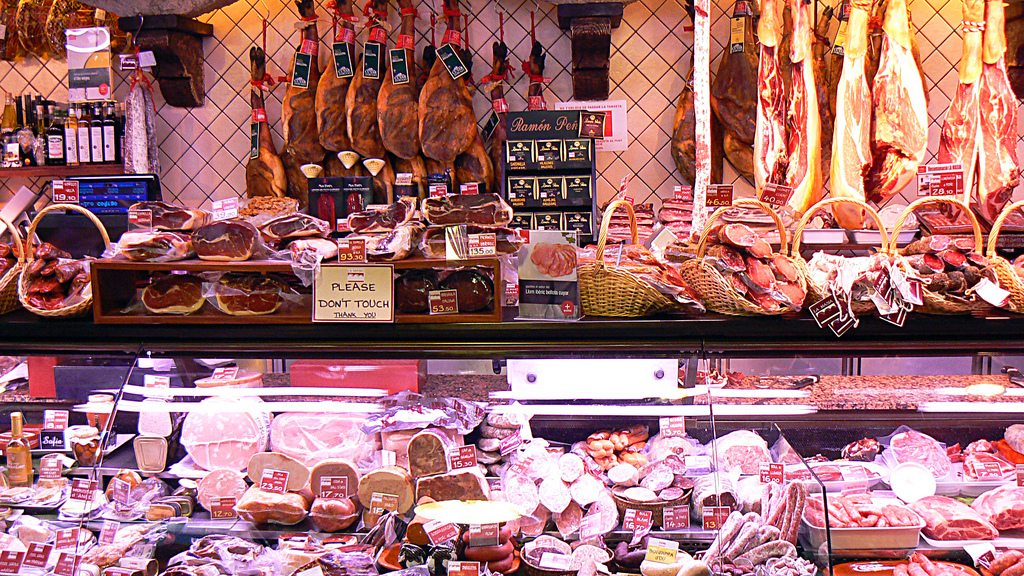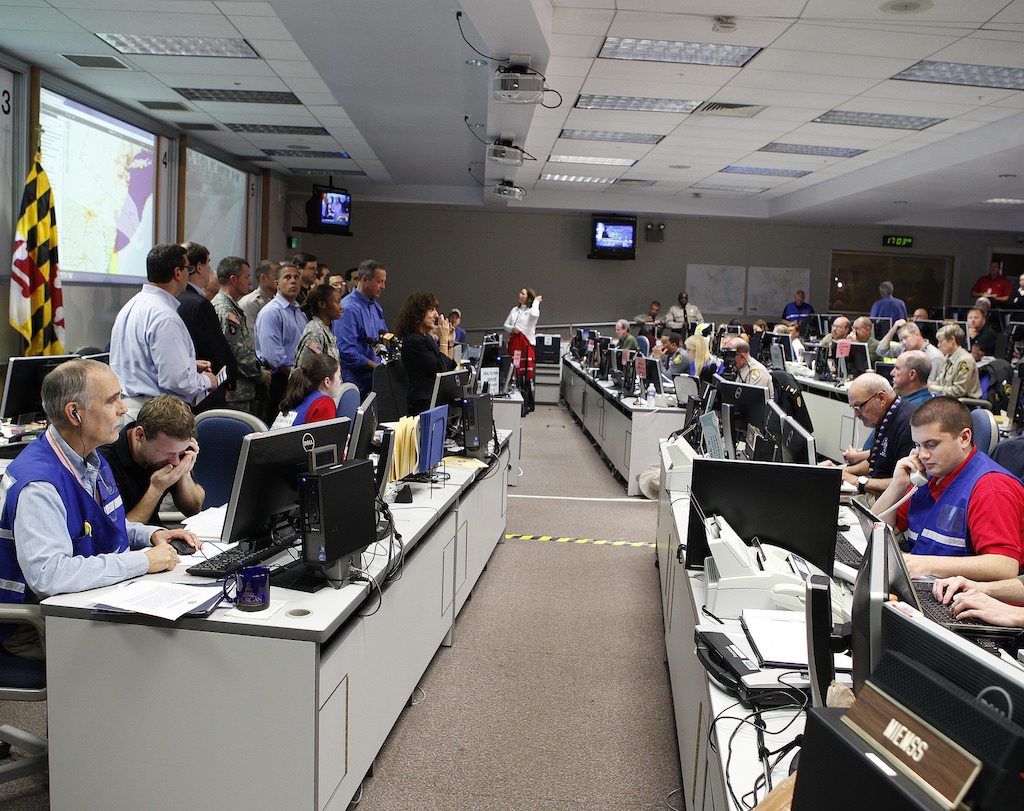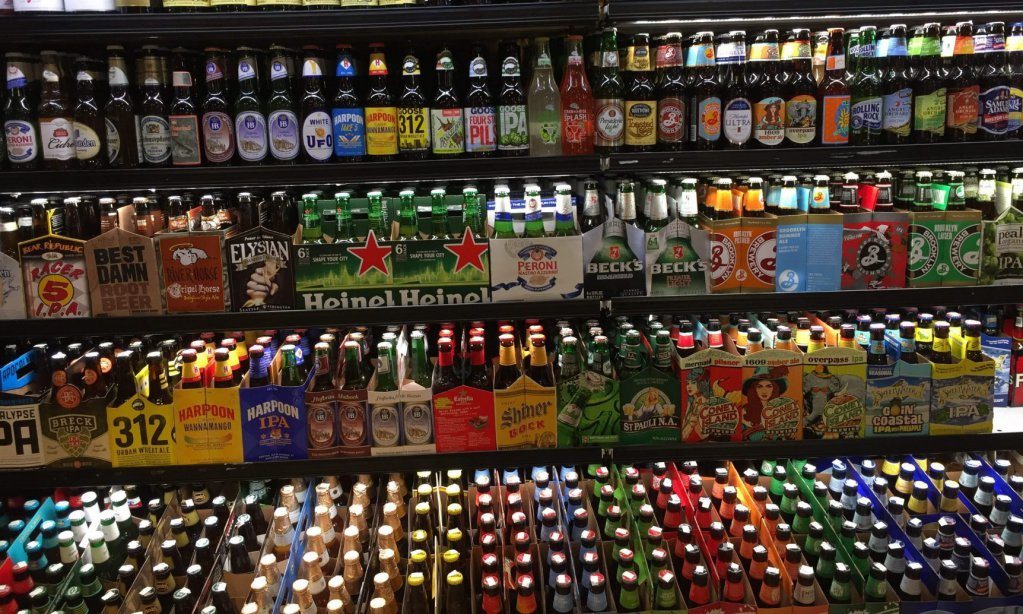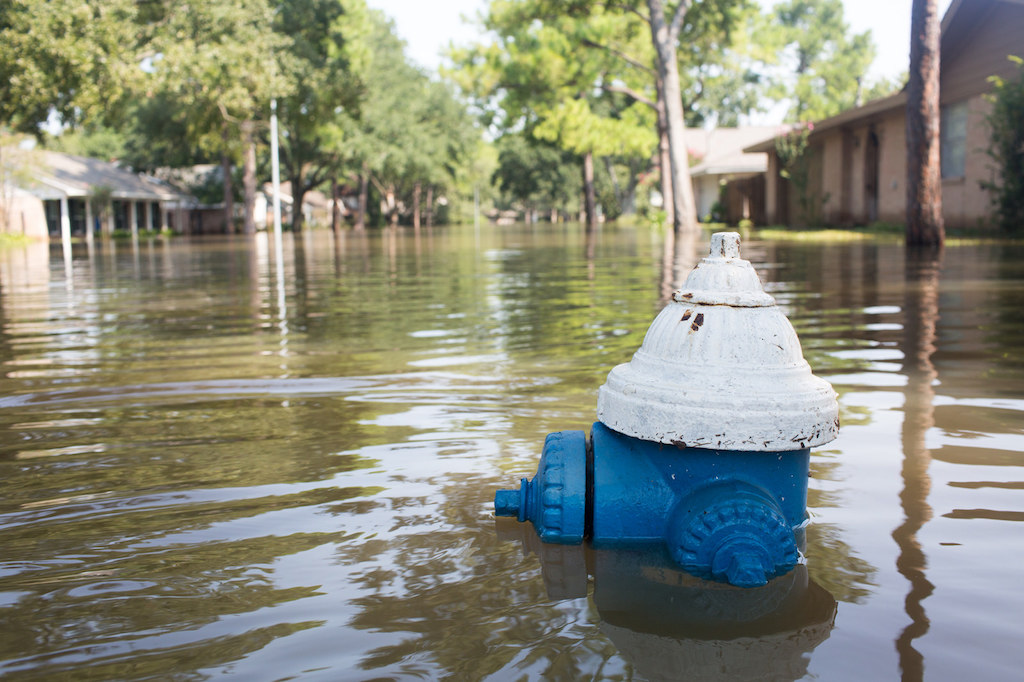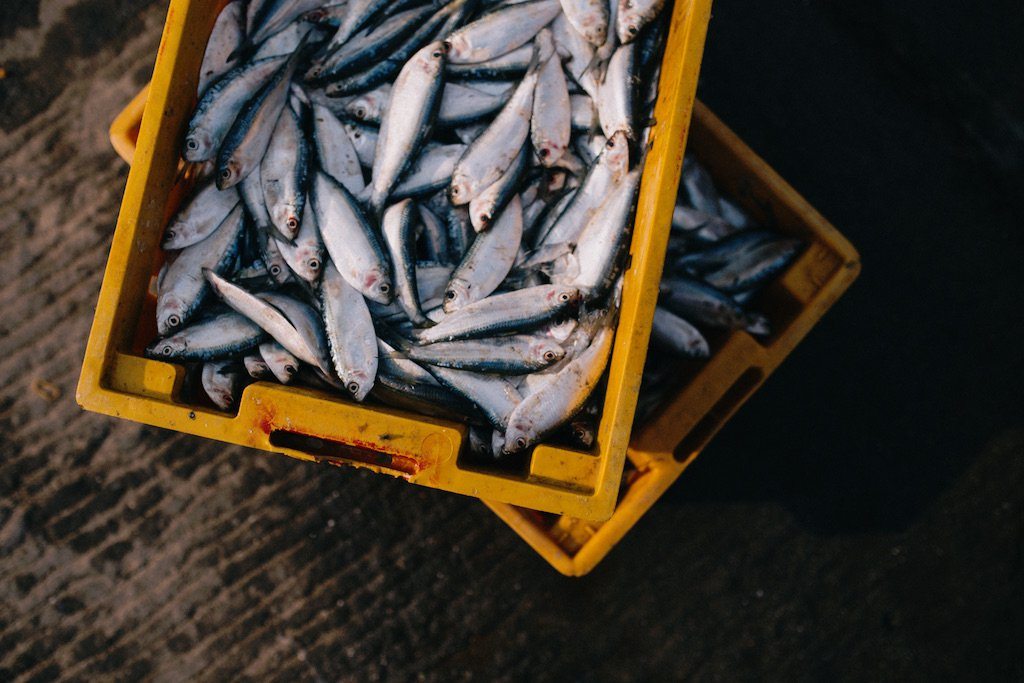
Untitled Restaurant/Christine Han
We live in a ratings-happy world: likes and lists and “best of”s beckon from every direction, telling us more than we want to know about what to do, try, and buy. In the land of Stars, Pete Wells is king, bestowing restaurant intel upon us humble serfs for the price of our Times subscription. (Of course, Wells is king to restaurateurs, too. Catch our story about how two stars from Pete changed a struggling East Village restaurant’s economics overnight here.)
But while reading an artful review—especially one of a disappointing meal—can be like indulging in a tasty bonbon, we also know that ratings of any kind are heavily seasoned with subjectivity. Even as we surrender our palates to those whose tastebuds are presumably more intelligent than our own, we must accept that reviewing taste (whether in the flavor of a dish or the aesthetics of a space) is, well … a matter of taste.
What if we rated restaurants another way? Sure, we’d still delight in recommendations (Bloomberg’s “The Best Worst Restaurant Reviews of the Past Decade” is pure sugar), but if, instead of evaluating how good a particular chef’s food tastes, we evaluated how good it is for the food system, stars might be replaced by links in a chain as the new symbol of quality.
That’s the idea behind the nonprofit Good Food Media Network’s Good Food 100 Restaurants List. Earlier this year, we reported on food industry entrepreneur Sara Brito’s effort to survey restaurants across the country, from fast casual to fine dining to food service, based on the percentage of their total food purchases spent in support of local, regional, and national producers.
The first annual list, released on Thursday, is the result of Brito and company’s data-gathering efforts. Over the course of three months from February to mid-April of 2017, 90 restaurants across the country reported their total purchases of “good” food, which GFMN broadly defines as “good for every link in the food chain: the environment, plants & animals, farmers, ranchers & fisherman, restaurants, and eaters.”
Then the survey got specific—really specific. Restaurants were required to report the quality of their purchases in various food categories: bread and grains, for instance, or dairy and eggs, as “good,” “better,” and “best.” For each of the quality categories, a minimum threshold had to be met. In the dairy and eggs category, for example, “good” meant raised without the use of sub-therapeutic antibiotics or added hormones, no cages or confinement. “Better” meant the products were pasture raised, or locally/regionally raised using non-industrial agriculture/factory farming methods and conditions. And “best” added to those qualifiers that the products were also produced in non-industrial agriculture/factory farming settings and used no industrial methods. Finally, restaurants reported their total purchases from individual producers (not distributors or purveyors) at the local, regional, and national levels.
Now, you may be asking yourself how reliable self-reported data is. Brito says that was a surprise: “One might think restaurants would have a tendency to overstate their good food purchases.” But that’s not what the results showed. In fact, restaurants tended to underreport. Brito thinks that’s in part because “restaurants don’t always keep the best of records. But if you’re the producer who wants to get paid, you definitely keep good records.”
And producers were key in establishing the veracity of survey information. Purchases were independently verified by NSF International (NSF Responsible Sourcing), which conducted surprise spot checks on the information provided by restaurateurs. Nova Sayers, senior business development manager for the global food division of NSF, says that for the inaugural list the company was involved only in verifying purchases. But she’s quick to point out that GFMN established the ratings criteria. And that’s something NSF hopes to help in developing and expanding. “We’re really looking forward to working with Sara on that,” Sayers says.
After the results were tallied, restaurants were rated with two to six “links” (symbolizing links in the food chain), depending on how much of their total purchasing was done using sustainable practices. And the final list of restaurants is as diverse as their menus surely are. Some big names will be no real surprise: Danny Meyer’s Manhattan mainstay, Gramercy Tavern (6 links), or Chef Rick Bayless’s Chicagoland Frontera Grill (6 links), for instance. But there are plenty of smaller eateries in Utah, Louisiana, Vermont, and Georgia on the list, too.
Colorado is particularly well-represented, with more than 15 restaurants on the list. And that’s partly by design. Denver-based Brito says she needed Colorado buy-in. “It was really important for us in our pilot year that we have a strong show of support locally. If we can’t rally our own restaurants…,” it’d be tough to interest other chefs in participating.
There’s another Colorado connection, too. And in one way it’ll be the more revealing portion of GFMN’s survey. Building on a 2015 pilot involving seven Denver-area restaurant owners (running a total of 12 locations) to examine the effect of chef purchasing power on the local economy, the Leeds School of Business at the University of Colorado in Boulder will be conducting a first-ever national economic assessment of restaurants’ dollar impact locally, regionally, and, nationally.
 Cookshop
Cookshop New York City’s Cookshop was rated 6 links.
And the results of that assessment, which will be released in July, have real potential to, as Brito says, “shift the emphasis on a chef’s celebrity and popularity … to something more quantitative, like a chef or restaurant’s actual economic power.” That’s when “influence” begins to take on new meaning.
Last year, in a story about how chefs became the new policy wonks, I reported on the evolution of an unlikely constituency: activist chefs who were organizing around food policy issues of importance to the industry, like labor or small farmer empowerment, and thereby leveraging the economic impact of their restaurants. “We all know that money talks in politics,” says Brito. Those seven chefs from the 2015 pilot? Turns out they were responsible for a combined $7.4 million economic impact just from the foods they purchased locally. That’s a pretty powerful constituency.
As for eaters, well, we’re the ultimate target, of course. “Chefs will care [about being on the list] if eaters care,” says Brito. Ultimately, she’d like to see the Good Food Restaurants 100 list become like the Inc. 100 (which is now the Inc. 5000). But before that, she’s hoping the survey and economic assessment together will serve as a mirror for the industry.
The reality of running a restaurant is so difficult, it can be hard for a restaurateur to think beyond its bustling back-of-house operations and out into the world of their purchasing impact, and its potential to contribute to bettering the food system. The data GFMN and its partners are gathering can help tell a broader story about “state and regional nuances,” and whether sustainable purchasing is being made more difficult at the supply, demand, or cost level.
Says Brito of the benchmarks she hopes the list will establish, “It’s hard to make a change and know where we want to go unless we know where we are.”

